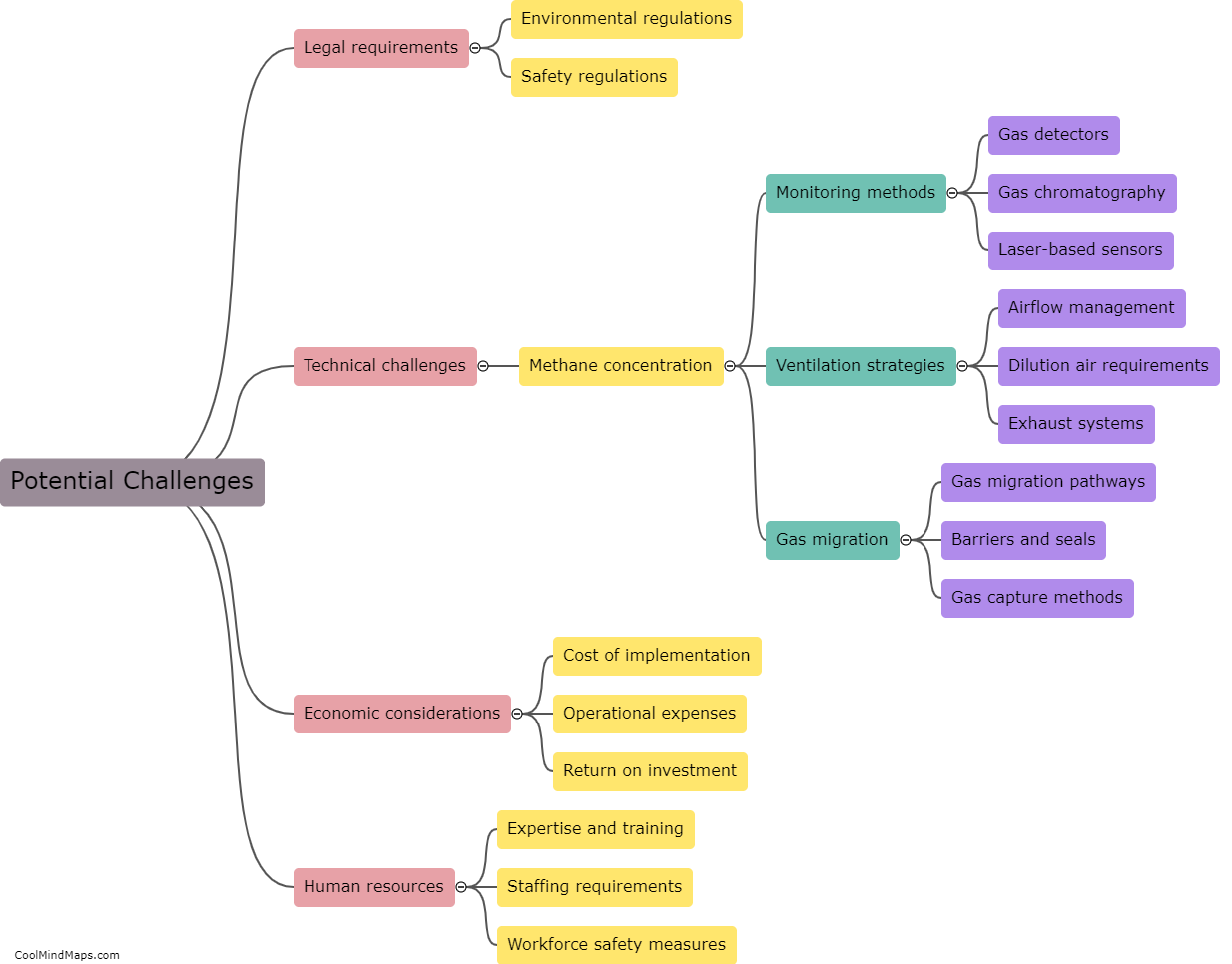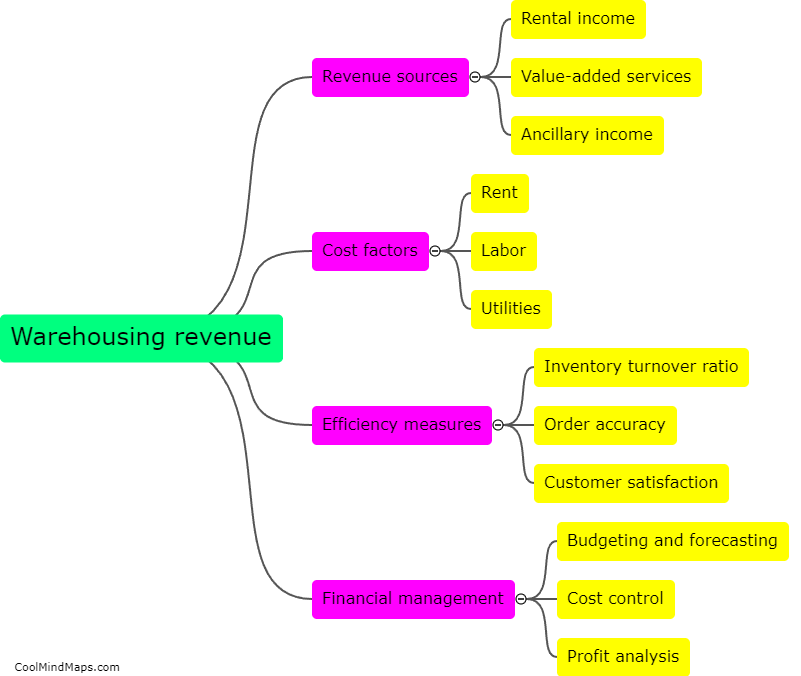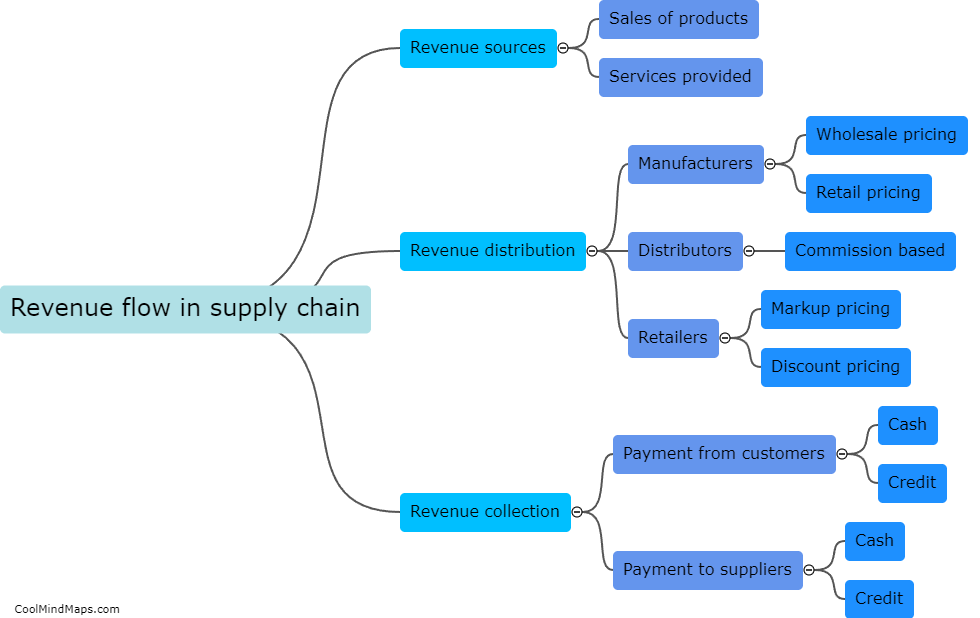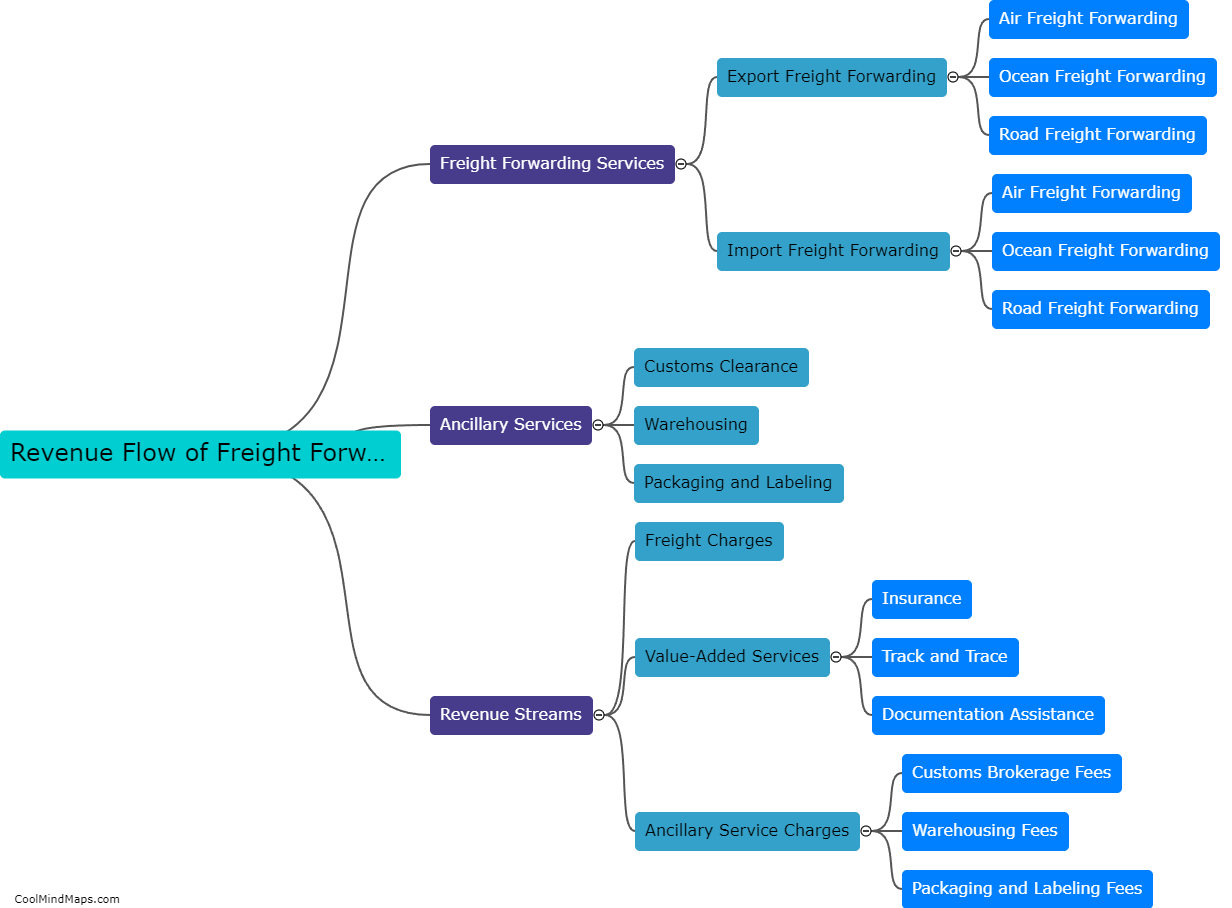How does revenue flow in logistics?
In logistics, revenue flows through various channels and processes. Firstly, revenue is generated through the sale of transportation services, such as shipping goods from one location to another. This can be done through various modes of transport, including air, road, rail, or sea. Logistics providers charge a fee for their services based on factors like distance, weight, and time, thus generating revenue. Additionally, revenue is also generated through value-added services offered by logistics companies, such as warehousing, inventory management, customs clearance, and packaging. These activities incur costs that are passed on to the customers, contributing to the overall revenue. Moreover, logistics companies often partner with other service providers, such as insurance companies or freight forwarders, generating additional revenue through collaborations or commissions. Overall, revenue flow in logistics relies on the exchange of services and the value-added activities provided by logistics providers to facilitate the smooth movement of goods.
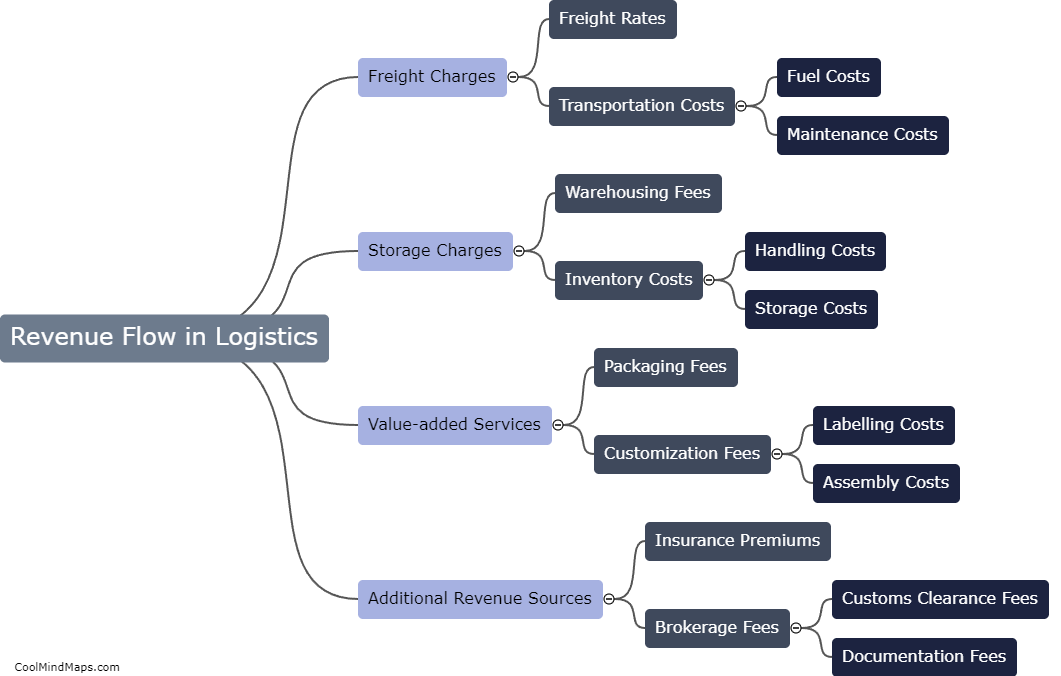
This mind map was published on 10 September 2023 and has been viewed 131 times.



